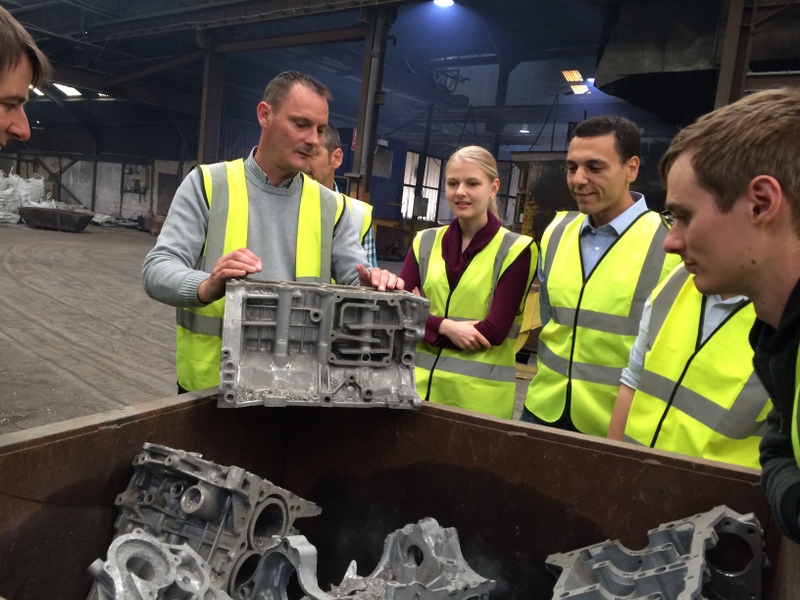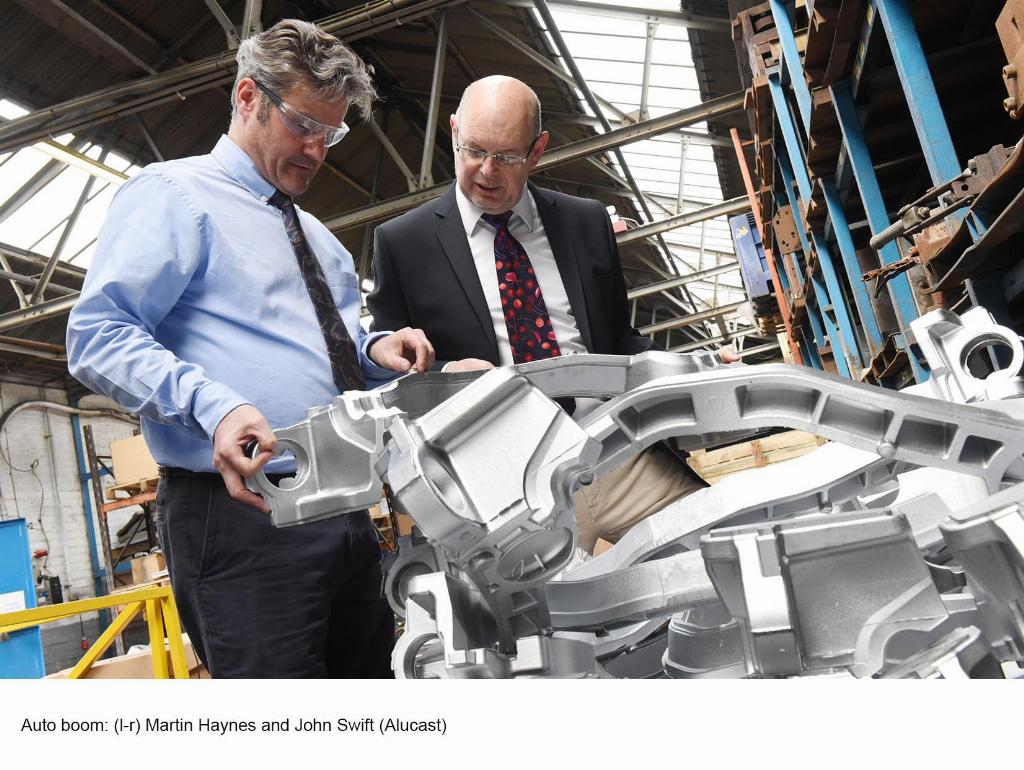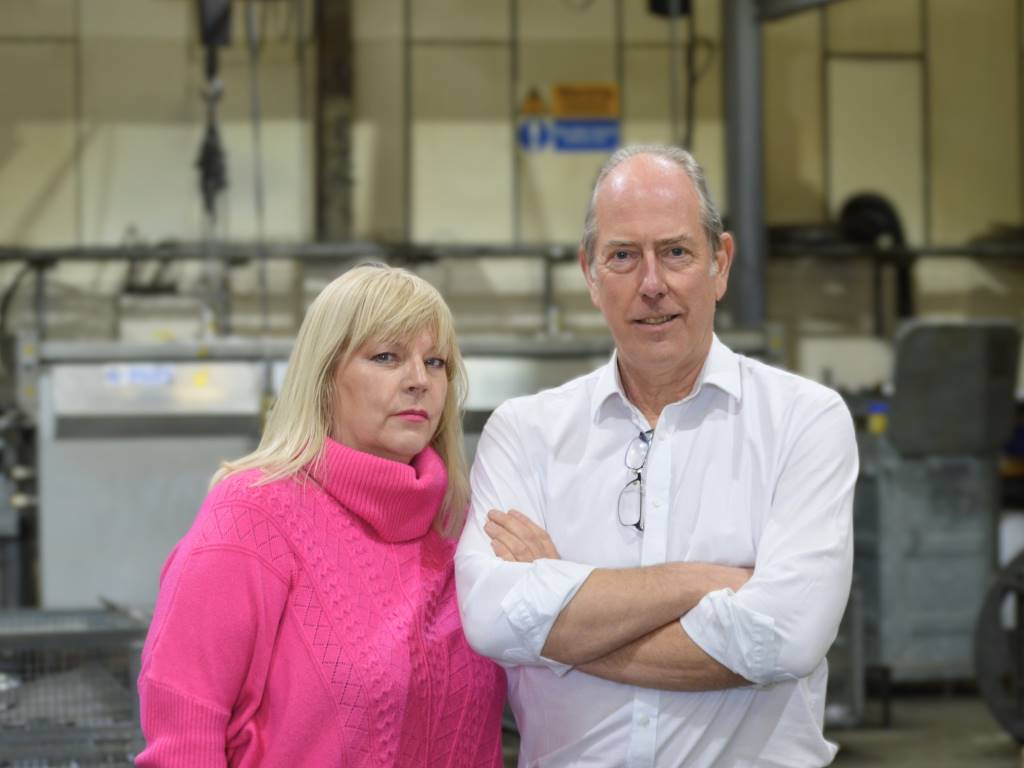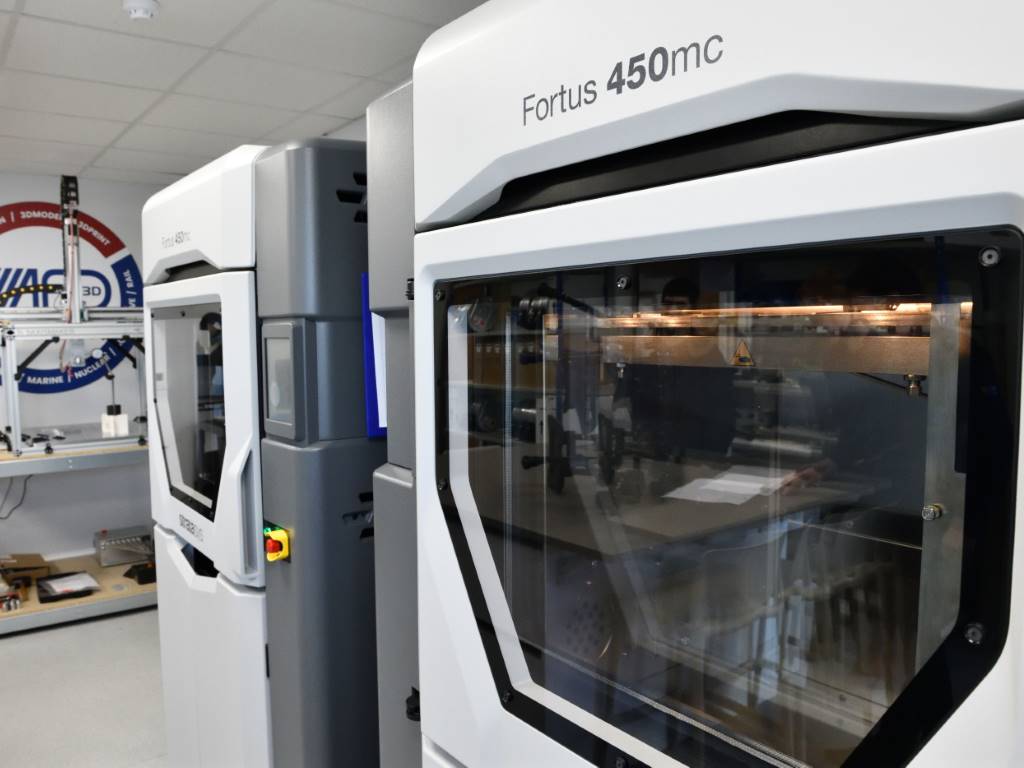Grinding advances for new transmissions

Technological advances in automotive engineering are rapidly changing the demands for production technology – this is not just for new processes, but also applies to established processes such as the cylindrical grinding of transmission shafts.
To meet the changing demands, the components have increasingly complex geometric details and also need to be finished to the highest precision. As a result, manufacturing companies depend on mechanical engineering to develop individualised grinding solutions for the shafts – ideally, integrated into complete production lines.
The grinding specialists from the Emag Group have developed what they claim is the perfect solution for this environment: the HG 208 horizontal cylindrical grinder, for example, is ideal for the precision machining of shafts in series production. With its modular design principle, this machine can be adapted to a wide variety of machining tasks and integrated into Emag production lines.
Off the shelf grinding solutions are virtually impossible for many applications: drive shafts for electric motors, complex camshafts or crankshafts as well as transmission shafts all require very different processes. For example, different solutions are required whether a single grinding operation, several parallel grinding operations, or combined internal and external grinding operations are necessary. Additionally, the component and grinding technology used may add additional technology requirements such as in-process measuring devices, dressing units for CBN and corundum grinding wheels, automatic balancing units and more.

“It is these very different demands that characterise the development of the HG 208 horizontal cylindrical grinder,” explains Guido Hegener, managing director of Emag Maschinenfabrik headquartered in Salach, Germany.
“We offer our customers a wide range of different technology modules that can be easily integrated into a standardised machine. For instance, the HG 208 can be equipped with one or two compound slides, on each of which different external and internal grinding spindles can be fitted. By using a B-axis or a centre drive, for example, we can provide the right solution for each customer-specific application.”
Continuously variable transmissions (CVT) are an example of how developments in the automotive industry can influence and drive forward such a flexible concept. This technology is being used in modern hybrid drives, effectively combining the power of combustion engines and electric motors. The central or primary CVT transmission shaft represents a real grinding challenge in the production process: on the one hand, the control wheel surface is precisely machined by an angle plunge; and on the other, axial ball track grooves have to be machined.
With Emag, both processes are performed in a single clamping operation in order to avoid re-clamping errors and achieve greater precision. For machining the grooves, the grinder is equipped with a dressable ceramic CBN grinding wheel. With this dressing system, the quality of the ball track remains high.
For machining the taper face on the primary shaft (and similar surfaces on other shafts) Emag has recently expanded its HG modular system: a corundum grinding wheel with a maximum diameter of 750mm is used for this task.

“This example illustrates how we continually adapt the machine and the available modules to the conditions imposed by the various components. This allows us to create the right technology configuration for the customer – a large corundum grinding wheel for external machining and a small CBN grinding wheel for machining the grooves, arranged on two separate slides with their separate dressing systems. This ensures that the requirements for quality and cycle times are met,” Mr Hegener explains.
Another important factor for production planners in the automotive industry is the holistic approach from Emag. The mechanical engineering company masters all processes for soft and hard machining and has extensive experience in the establishment of complete production solutions. For example, a transmission shaft is pre-processed on Emag VTC vertical turning centres and finished on HG series grinders. With the associated line automation, Emag can adapt its machines to customer’s requirements.

“The HG 208 has been on the market for around 15 years – which means customers benefit from a technology that is well-established, but which continues to intelligently expand in order to cover a variety of fields of application,” Mr Hegener affirms.
With these updates, the HG 208 can now successfully perform cylindrical grinding operations on crankshafts and camshafts. Parallel external and internal machining of hollow shafts is also made possible with this platform. For this purpose, there is a variant of the HG 208 with a direct-driven centre drive.
Emag grinding experts see a healthy future in the growing electric vehicle market for the HG 208 and its associated product lines, due to its efficient grinding of central drive shaft.
Emag www.emag.com













